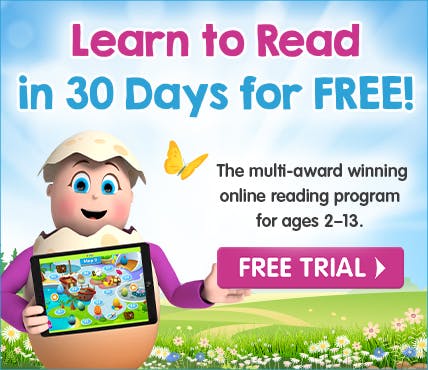


How to Support Imaginative Play in Your Child

Books and reading is a powerful way to encourage and support imaginative play in young children.
Imagination will often carry us to worlds that never were, but without it we go nowhere."
– Carl Sagan
The human imagination is a powerful thing. Often, we see it most prominently in young children, but somewhere along their journey we see it become lost.
According to Dr Stephanie Carlson, an expert on childhood brain development at the University of Minnesota, children spend as much as two‑thirds of their time in a state of imaginative play. After studying how preschool‑aged children immerse in 'non‑reality', she concluded that imaginative play helps children to develop their creativity and strengthen their problem‑solving skills by forging 'imaginative pathways' in their brains.
Robert and Michele Root‑Bernestein, co‑authors of Sparks of Genius, say:
“In [imaginative] play, the growing child learns many things: how to manipulate physical objects, how to understand the mind behind behaviour, how to share experience with others, how to construct knowledge of the world.”
Reading to children and encouraging them to read on their own, helps to stimulate imaginative play in powerful ways. By providing books that provoke children's sense of curiosity, fantasy and exploration, parents can support and encourage imaginative play in their children.
Choose books with large and colourful pictures for toddlers
For young toddlers, story visuals are important to broaden their vocabulary of both words and images. For example, if they are listening to a story about a camel, but have no idea what a camel looks like, it's unlikely that their brain will revisit it again in their play.
Once their brains have absorbed brand new input from the stories, they are given new and exciting material to help construct new imaginative pathways, for example, riding through the Sahara Desert on the hump of a camel!
Choose books with little or no pictures for older readers
For older readers, books with little or no pictures help to stimulate their imagination more than ones with visuals. Research suggests that the reason why written or spoken stories inspire more novel imaginative responses in children is because high‑visual mediums such as television, video games and films are remembered too easily. By removing visual aspects of a story, your child will be compelled to create their own visual constructs in their mind, and revise and reinvent them later in play.
Encourage your child to read aloud
Children who exhibit the most vivid imagination during play are often the most talkative. In play, especially with others, they depend on their words to convey the make‑believe scenarios in their minds. By reading aloud, your child will become more confident in their control of language and the its usage, including their vocabulary, sentence structure and communication skills, helping them to better express, share and play out their imagination with others.
Read a variety of genres
Reading introduces your child to new ideas, experiences and concepts that they might not encounter otherwise. By encouraging your child to read a variety of genres – fantasy, non‑fiction, comedy, poetry, historical fiction – their mind will open up to a wider array of concepts, thoughts and notions, helping their mind to explore new territories and experiment with new things.
Try Reading Eggs for FREE!
Reading Eggs makes learning to read easy and fun for children aged 2–13. Based on solid scientific research, the programme builds essential reading and phonics skills while nurturing a lifelong love of books and reading from an early age.


